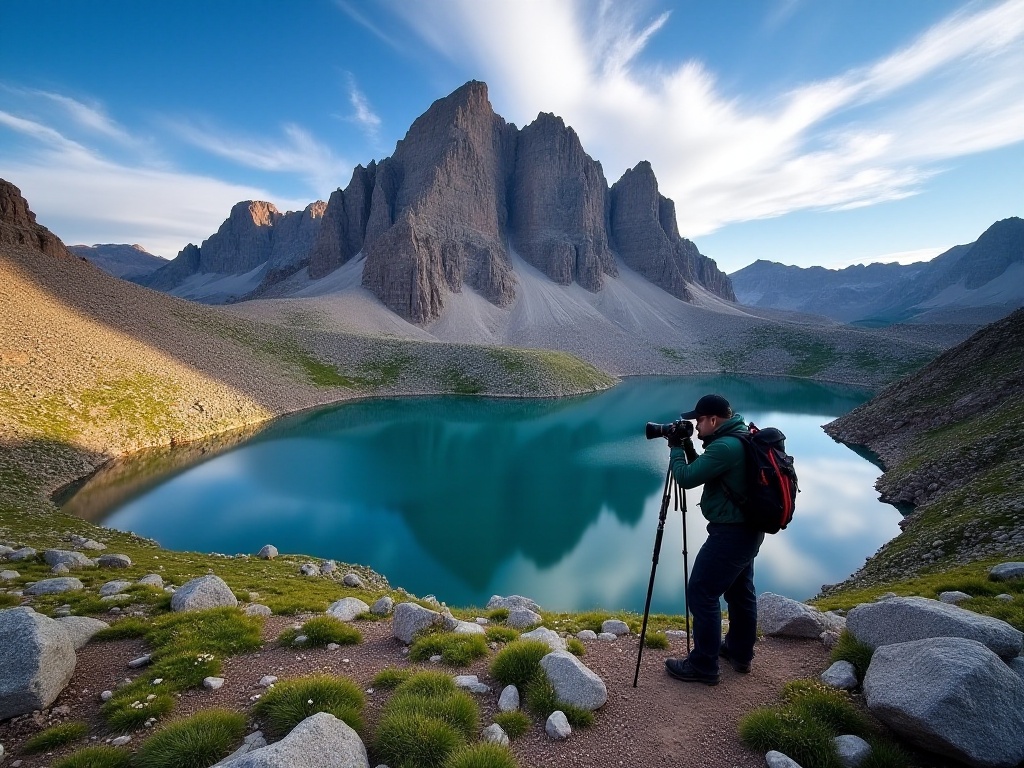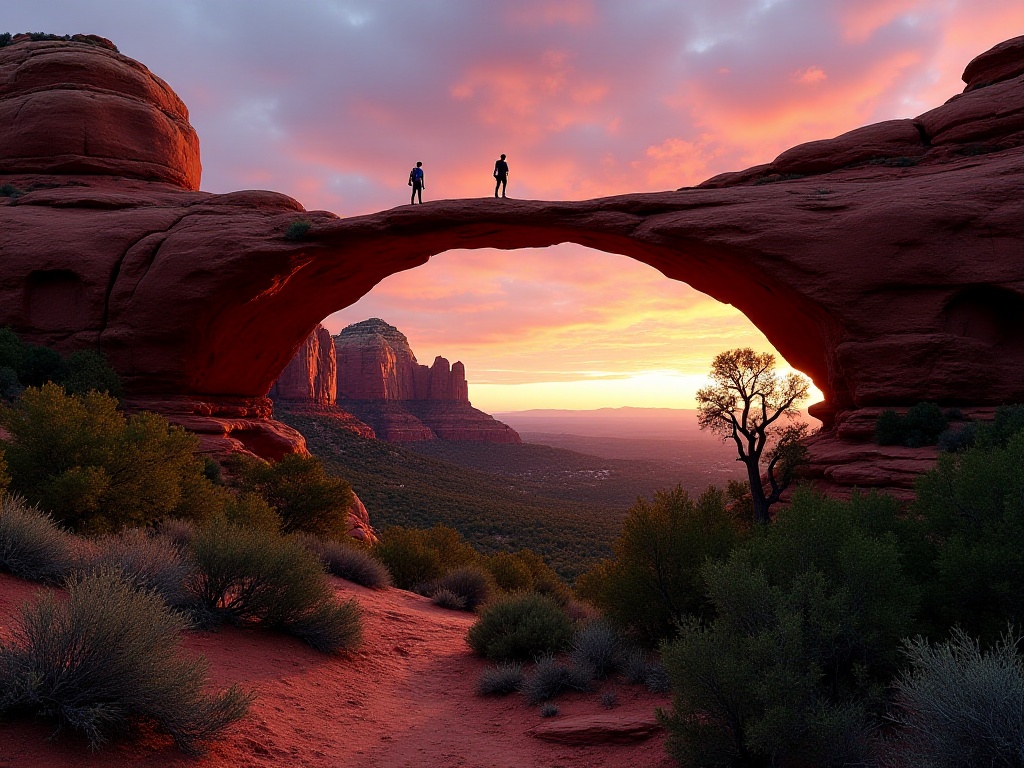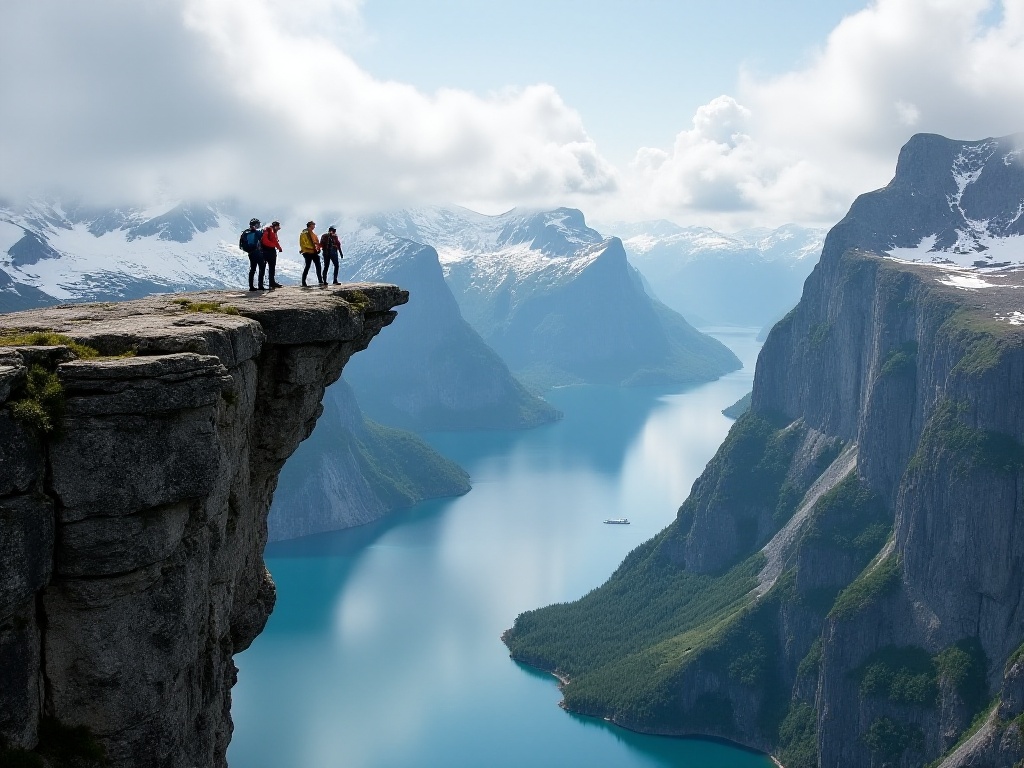Introduction
As an experienced hiker who has visited over 20 US national parks, I still get excited when recalling those breathtaking views. The majestic canyons, towering peaks, and mysterious forests are deeply etched in my memory. While my social media feed is often flooded with national park photos, the real experience is far more stunning than any picture. Today, let me take you through these awe-inspiring hiking trails.
Short but Sweet
The Navajo Loop and Queens Garden Trail in Bryce Canyon National Park is definitely one of my most dreamlike hiking trails. Though only 3 miles long, every step is filled with surprises. I remember my first visit, standing at the canyon's edge, gazing at hundreds of orange-red stone pillars, hardly believing such scenery could exist. These formations, known as "hoodoos," display different colors under sunlight, sometimes deep reddish-brown, sometimes appearing gilded in gold.
In early morning, when the first rays of sun hit the hoodoos, the entire canyon seems to awaken, with the pillars casting peculiar shadows on the ground. I prefer starting an hour before sunrise when there are fewer visitors, allowing for quiet appreciation of this magical landscape. Walking along the winding path between towering rock walls, you might spot wildlife like squirrels or various birds.
Though rated as moderate difficulty, the trail isn't too strenuous. It begins with a somewhat steep descent requiring careful footing. The following sections are relatively flat, allowing time to admire the surroundings. Most memorable is "Thor's Hammer," an iconic hoodoo that resembles a giant hammer standing in the canyon, a must-photograph spot for countless visitors.
In spring, the canyon blooms with wildflowers, pink, purple, and yellow blossoms dotting the red rocks, creating a stunning canvas. Fall presents a different scene, with vegetation turning yellow, contrasting sharply with the red rocks. Even in winter, when snow covers the red pillars, it creates its own unique beauty.
As for Angels Landing in Zion National Park, it's definitely a trail that inspires both fear and longing. The 4.3-mile distance seems short, but its difficulty shouldn't be underestimated. The first half is manageable, but the final half-mile is completely different. This section, known as "Angel's Spine," has thousand-foot drops on both sides and narrows to less than six feet wide in places.
I remember my legs shaking during my first attempt. Thankfully, there are chains along the edge to hold onto, making the hike relatively safer. When I finally reached the summit, the sense of achievement was indescribable. Standing at over 2,000 feet, overlooking the entire Zion Canyon, with red cliffs, the winding Virgin River, and distant mountains creating a magnificent panorama.
Here, I must especially warn everyone to know their limits when attempting Angels Landing. If you're afraid of heights or lack stamina, don't push yourself. I've seen many hikers wisely turn back at Scout Lookout, the halfway point. After all, safety always comes first.
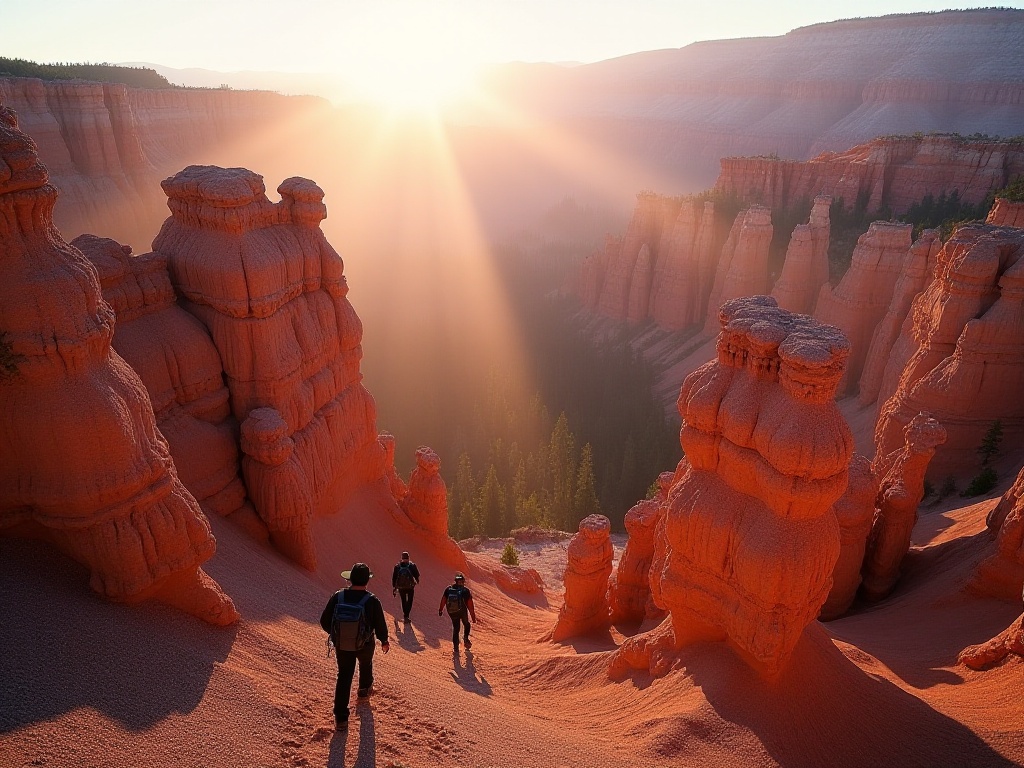
Long-Distance Challenges
Speaking of long-distance hiking, the John Muir Trail is undoubtedly one of America's most iconic routes. This 211-mile trail, dubbed "the most beautiful hiking trail in the world," stretches from Yosemite Valley to Mount Whitney, passing through multiple national parks and showcasing the Sierra Nevada's finest features.
Last summer, I spent three full weeks completing this trail. Carrying a nearly 40-pound pack daily, I traversed alpine meadows, pristine forests, and glacial lakes, crossing over a dozen passes exceeding 10,000 feet in elevation. Though exhausting, the scenery along the way made all the effort worthwhile.
Most memorable was camping at Evolution Lake at 11,000 feet elevation. As night fell, far from city light pollution, the mountain region revealed an astounding starry sky. The Milky Way stretched across the sky like a luminous river, with surrounding mountain silhouettes creating a perfect scene against the starry backdrop. At that moment, I truly felt humanity's smallness in the vast universe.
Another feature of the JMT is its well-planned resupply stations. There's typically a resupply point every 4-5 days for food and essentials. However, note that these points need advance arrangement, some requiring reservation months ahead. I recommend detailed planning before departure, including daily itinerary and resupply schedules.
Wildlife encounters are also highlights. I've seen marmots, bighorn sheep, and even black bears from a distance. One morning while preparing breakfast, I spotted a ptarmigan foraging near camp - that sense of harmony with nature was truly magical.
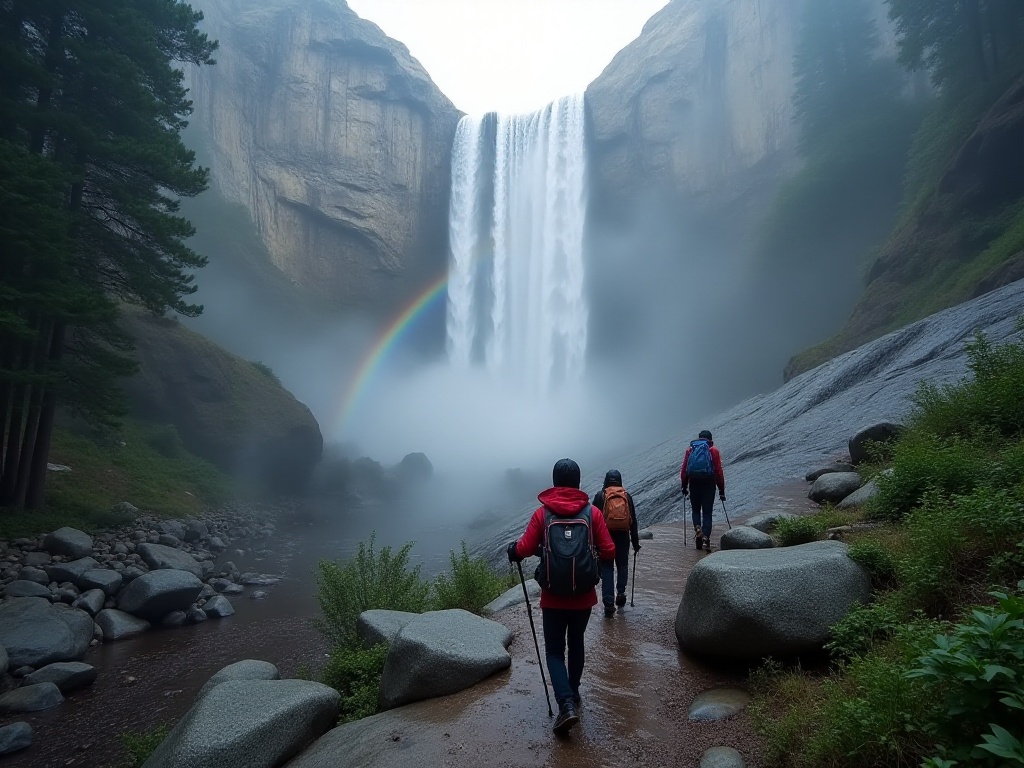
International Perspective
Regarding international hiking trails, I must mention my Nepal hiking experience. Compared to the developed facilities in US national parks, hiking in Nepal is more adventurous. The ABC (Annapurna Base Camp) trek is a prime example.
This route spans about 110 kilometers, typically taking 7-10 days to complete. Unlike US hiking, accommodation here is mainly in teahouses along the way. Though basic, they offer better exposure to local culture. One evening, I stayed in a teahouse at 3,700 meters, sharing stories with hikers from around the world around the fireplace - that cross-cultural friendship was unforgettable.
Most spectacular was watching sunrise from Poon Hill. Rising at 4 AM, climbing the viewpoint in darkness, waiting for dawn. When the first sunlight hit Annapurna South and Dhaulagiri, the entire snow-covered range seemed to ignite, golden light gradually spreading downward, illuminating the whole valley. At that moment, everyone fell silent, with only camera shutters clicking repeatedly.
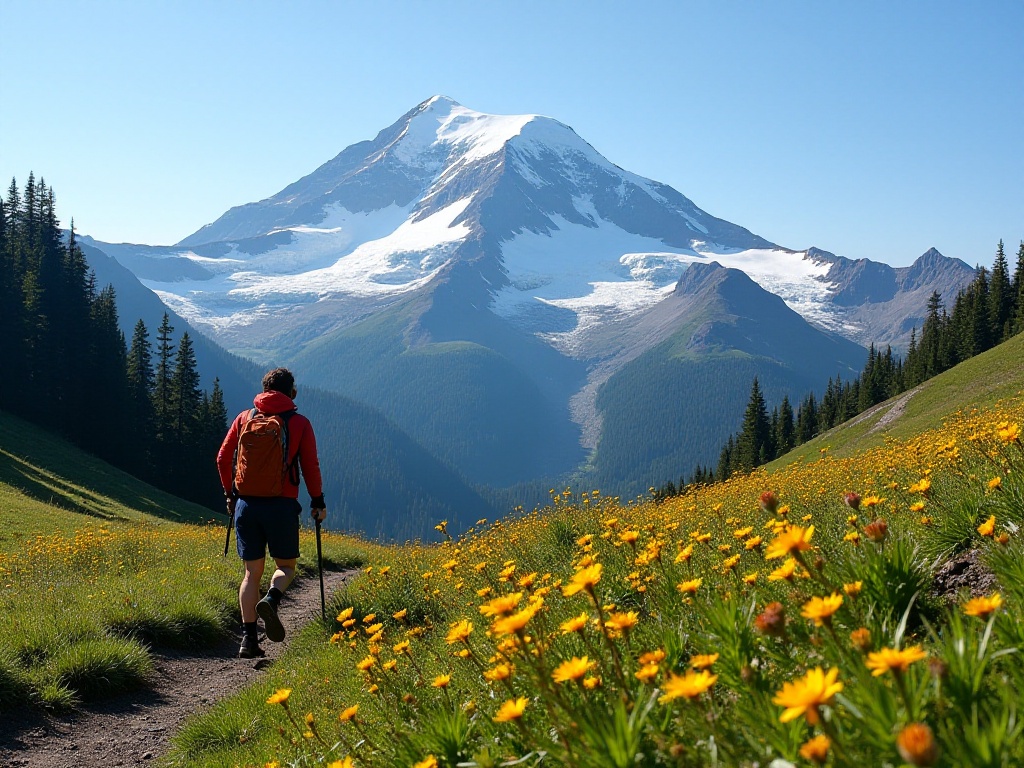
Practical Advice
Years of hiking experience have taught me the importance of proper equipment. My first hike taught me many hard lessons. Wearing regular running shoes led to blisters quickly; an ill-fitting backpack caused shoulder pain.
Now my standard gear includes: waterproof hiking boots (buy half size larger as feet swell during long hikes), an ergonomic backpack (must try before buying), and quick-dry clothing. I also carry a lightweight first aid kit with bandages, athletic tape, and basic medications.
Regarding supplies, water is crucial. I usually carry two water bottles - one for pure water, another for electrolyte drinks. For food, energy bars, nuts, and chocolate are essential - lightweight but high in calories. For long hikes, I pack freeze-dried meals that only need hot water to prepare.
Weather requires special attention. Mountain weather can change rapidly - I've often experienced sunny mornings turn to rainy afternoons. Therefore, a waterproof jacket is essential. Sun protection is also crucial, especially at high altitudes where UV radiation is intense - bring a hat, sunscreen, and sunglasses.
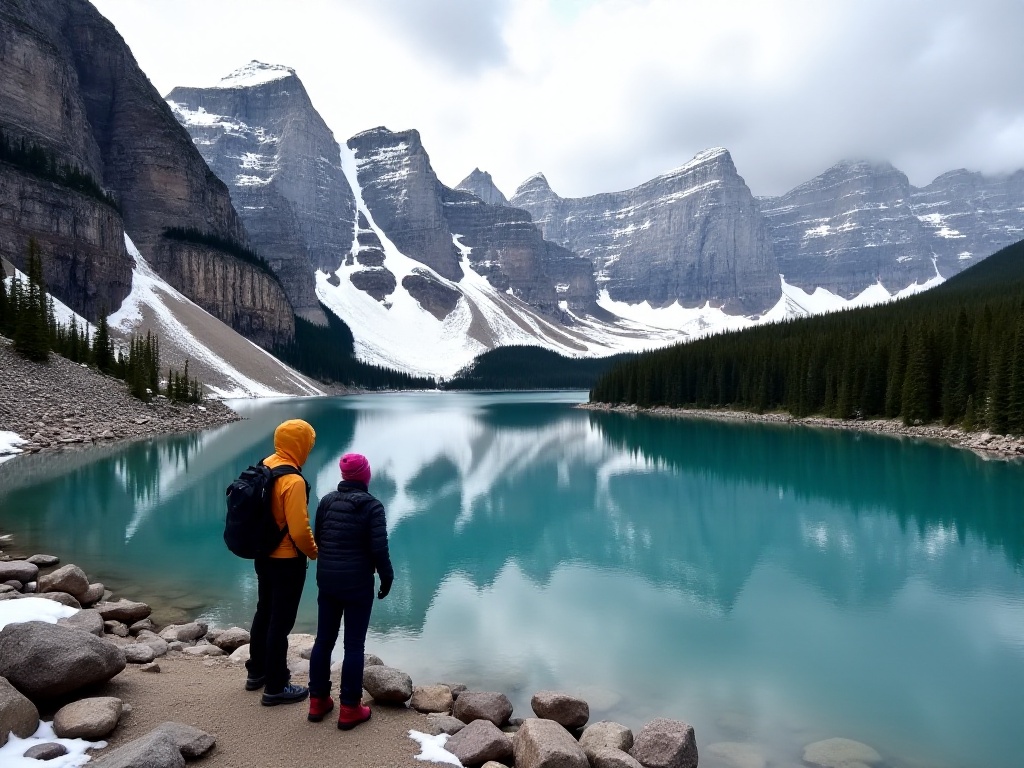
Conclusion
Reflecting on these hiking experiences always fills me with emotion. Hiking has shown me nature's most beautiful aspects and introduced me to like-minded friends. Through hiking, I've learned perseverance, appreciation, and respect for nature.
Over the years, I've hiked many trails but still feel there's much to explore. Each trail has its unique charm, offering different experiences and insights. If you're interested in hiking, start with some easier trails. You'll likely fall in love with this activity that exercises both body and mind.
Let's measure the world's beauty with our feet, discovering more possibilities in life through hiking. I hope to meet fellow hiking enthusiasts like you on some mountaintop.




